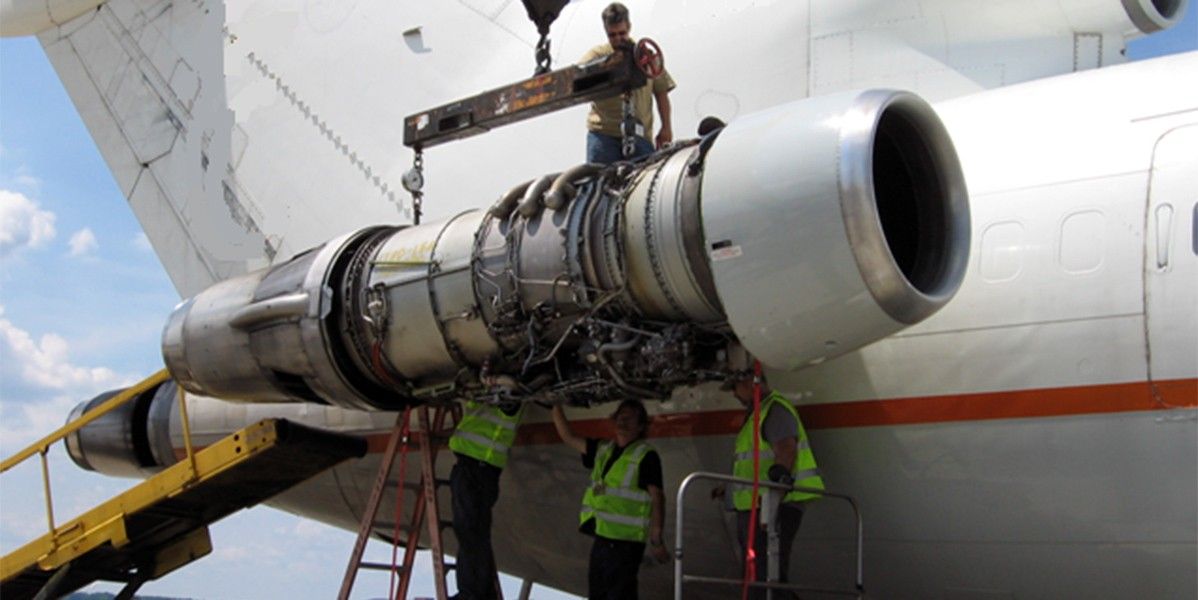
Maintenance, repair and overhaul (MRO) industry officials are claiming that FAA employees and managers are in some cases imposing ad hoc rules on MRO companies. They claim the FAA officials are improperly using the FAAs internal online flight standards information management system (FSIMS), an electronic documentation system the agency adopted to replace the legacy inspectors handbook. In particular, the issues surround Order 8900.1 in the FSIMS, which provides the guidelines that inspectors use to oversee and certify airlines and maintenance organizations, including work instructions for maintenance. The internal system, however, has become a place where FAA employees can make de facto standards outside of the FAAs processes for rulemaking and guidance. Its a fundamental flaw in the FAAs regulatory process, said Jason Dickstein, an aviation attorney and representative of the Aviation Suppliers Association, at the MRO Americas conference in Phoenix on April 9.
Legally, Order 8900.1 provides instructions for FAA employees to use internally, but the system is not supposed to be used to introduce new standards, explains Dickstein. Unlike new rules or advisory circulars, orders, because they are meant to be internal documents, do not require a review by FAAs general counsels office for compliance with existing rules and guidance. Asked during a panel discussed what the FAA was doing to slow down the changes to help airlines catch their breath, the director of the FAAs Flight Standards Service, John Duncan, said he was working to reset the culture within the agency that leads inspectors to make such changes. He notes that Order 8900 was created to fill in the gaps where regulations are vague or unclear, but that it represents one way to meet a requirement, not the only way. We should not be using 8900 as a regulatory document or as a way to avoid putting out an advisory circular, he says, adding that maintenance organizations should confront their inspectors on the issues, and also alert higher managers in the FAA.


































